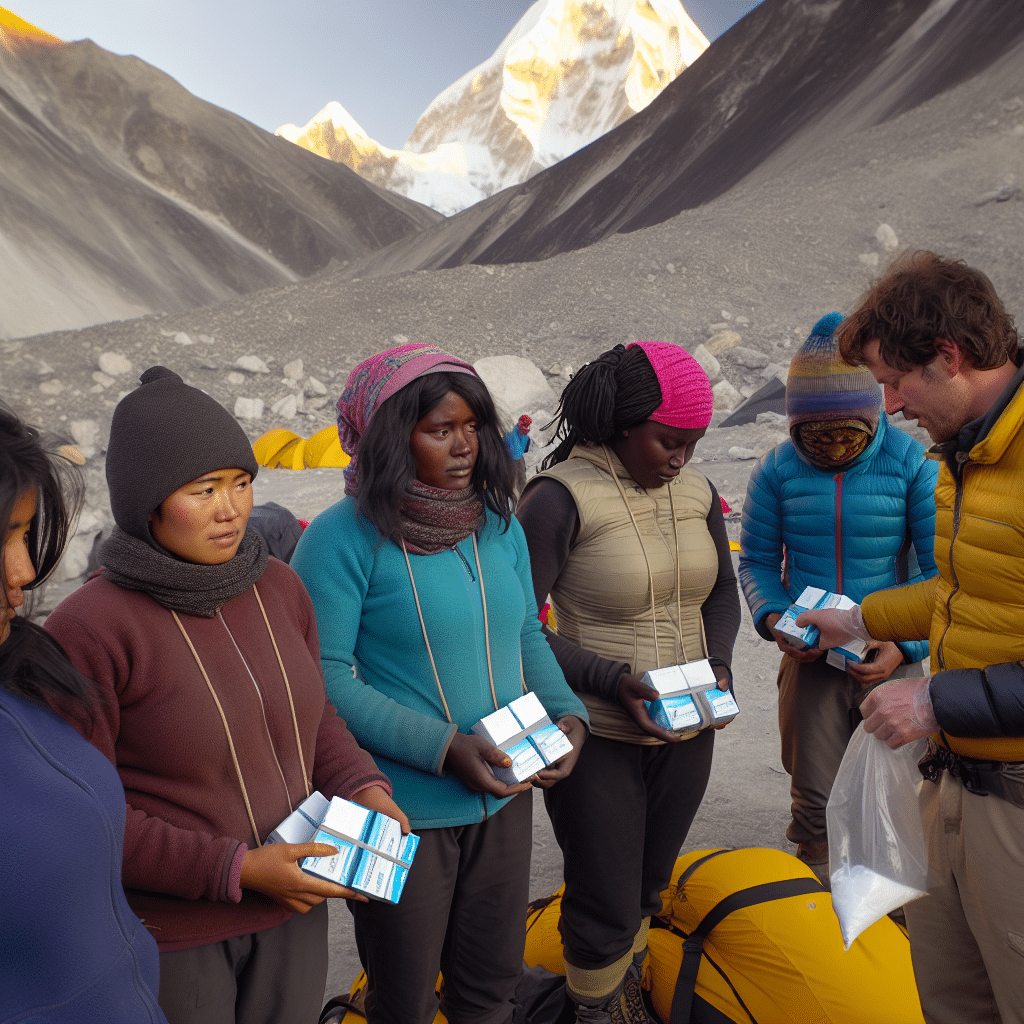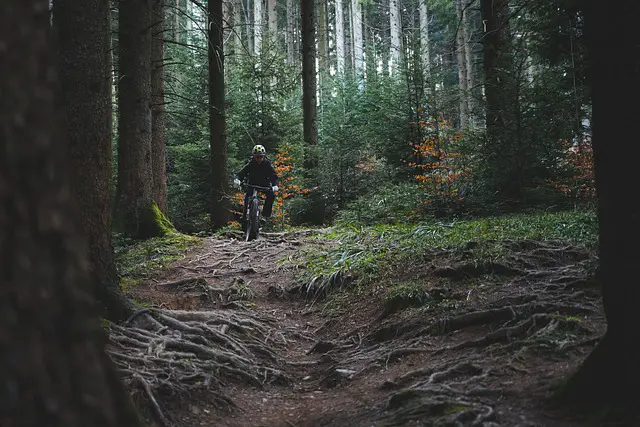Mountain climbing is a thrilling yet perilous adventure. The demanding physical exertion combined with varying altitudes exposes climbers to a myriad of health risks, including Acute Mountain Sickness (AMS). However, the pharmaceutical industry has provided explorers with a significant lifeline – Dexamethasone – a potent steroid known for its ability to combat high altitude sickness.
What is Dexamethasone and How Can It Be Used in Mountain Climbing?
Dexamethasone is a synthetic glucocorticoid that mimics the workings of natural hormones produced by the adrenal glands. It’s vital in controlling inflammation and immune response, readily absorbed by the body and has a longer duration of action compared to other corticosteroids, making it a practical option for trekkers.
In mountain climbing, Dexamethasone is predominantly used for the prevention and treatment of high altitude cerebral edema (HACE). HACE is a potentially fatal condition which occurs at high altitudes, where decreased atmospheric pressure reduces oxygen availability, leading to swelling in the brain. Symptoms of HACE include severe headaches, loss of coordination (ataxia), and decreased consciousness.
Dexamethasone acts by reducing brain and systemic inflammation, thereby relieving symptoms associated with high-altitude illnesses. It’s also beneficial in reducing fatigue and enhancing physical performance at high altitudes.
The Efficacy of Dexamethasone in Mountain Climbing
Numerous studies have indicated that Dexamethasone is notably effective in preventing AMS and treating HACE. A study published in the Annals of Internal Medicine found that climbers who took Dexamethasone had fewer instances of AMS compared to those who took a placebo.
Is Dexamethasone a Magic Bullet for Mountain Climbers?
Although Dexamethasone aids in combating altitude-related ailments, it’s not without potential side effects. These include hyperglycemia, mood alterations, insomnia, and gastrointestinal disturbances. Prolonged use can lead to more severe complications like adrenal suppression, where the body cannot produce enough natural corticosteroids, leading to various health issues.
Moreover, Dexamethasone doesn’t increase the body’s oxygen-carrying capacity or acclimatization to high altitude. It merely alleviates the symptoms of high-altitude illnesses. Therefore, it’s not a substitute for proper altitude acclimatization and should only be used under the guidance of a healthcare provider.
Dexamethasone Administration in Mountain Climbing: When and How?
The optimal use of Dexamethasone in mountain climbing is for the prevention and treatment of severe AMS and HACE, especially during rapid ascents where acclimatization isn’t possible. The suggested dose for adults is 4 mg every six hours.
However, it’s crucial to remember that Dexamethasone should only be used under strict medical supervision. It’s not recommended for routine use and should be employed as an emergency treatment during ascents, where there is no immediate access to medical care.
The Balanced Approach: Dexamethasone and Mountain Climbing
In conclusion, Dexamethasone provides a vital tool for mountain climbers to tackle the risks of high-altitude illnesses. However, it’s not an infallible solution or a replacement for careful, gradual acclimatization, and should only be used under medical supervision. So while Dexamethasone may play a part in your mountain climbing toolkit, the key to a successful and safe climb still lies in thorough preparation, acclimatization, and maintaining good physical health.




